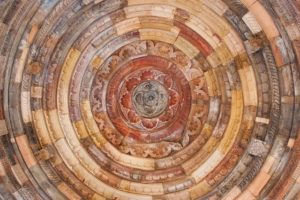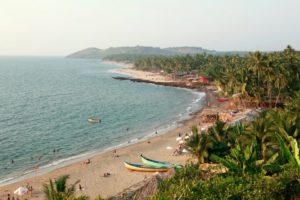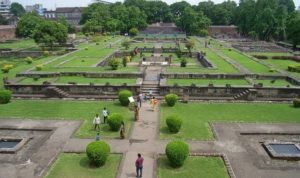Bangalore, officially called Bengaluru is the capital of India’s southern Karnataka state. Bangalore is also called “Garden City” due to a large number of trees/greenery. The center of India’s high-tech industry, the city is also known for its parks and nightlife. Bangalore is also popularly known as the ‘Silicon Valley’ of India for being a major IT hub of the nation. Indian technological organizations ISRO, Infosys, Wipro, and HAL are headquartered in the city. Here’s a list of the Best Places to Visit in Bangalore.
Bangalore Palace
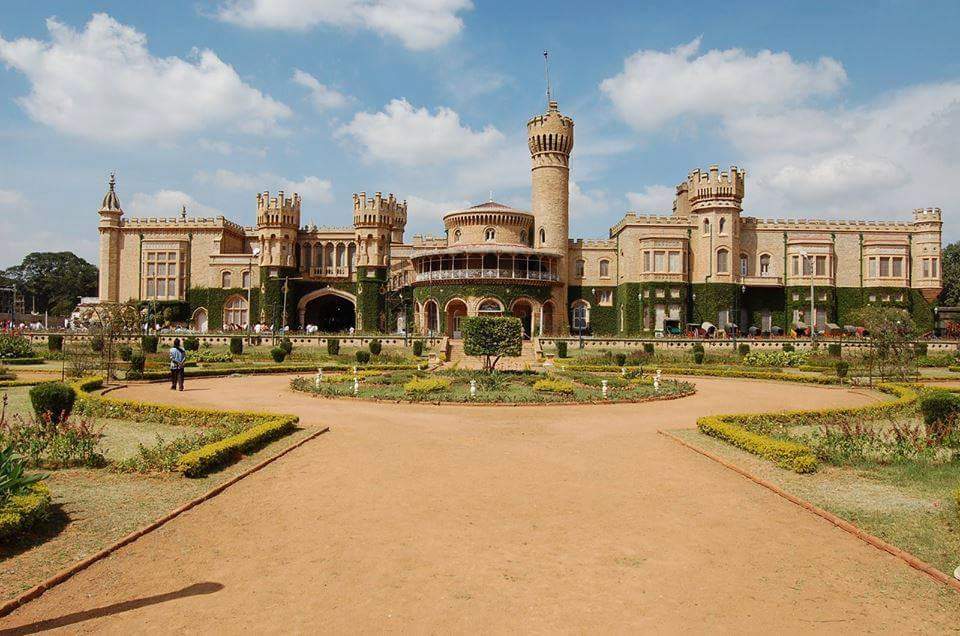
Bangalore Palace is a royal palace located in Bangalore, Karnataka. The palace features mainly wooden interiors and is surrounded by gardens. The architectural style is a mix of Tudor and Scottish Gothic with many physical elements inside imported from Britain.
Tipu Sultan’s Summer Palace
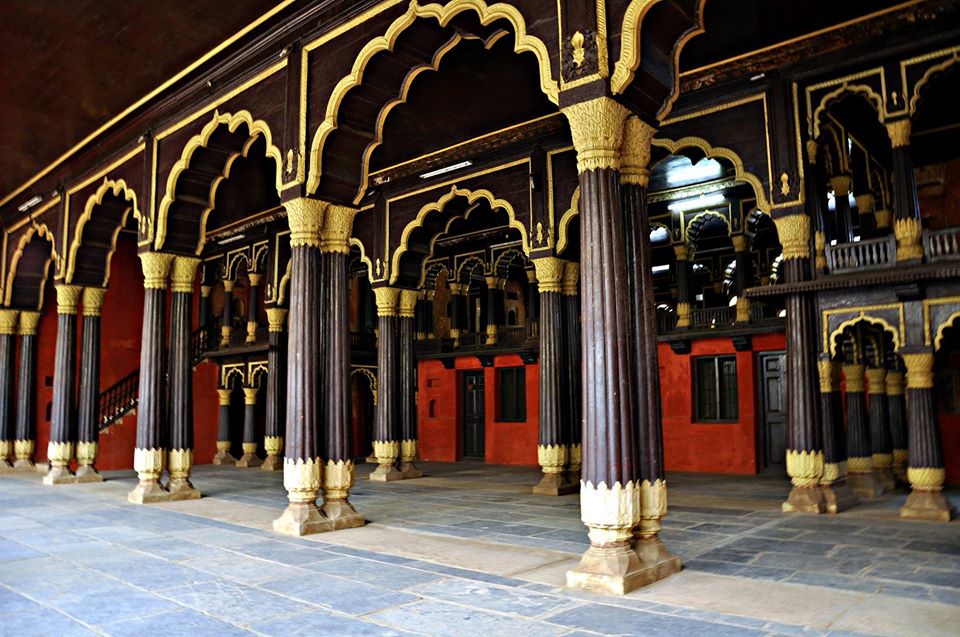
Tipu Sultan’s Summer Palace, in Bangalore, India, is an example of Indo-Islamic architecture and was the summer residence of the Mysorean ruler Tipu Sultan. Hyder Ali commenced its construction within the walls of the Bangalore Fort, and it was completed during the reign of Tipu Sultan in 1791. The structure was built entirely teak and stands adorned with pillars, arches, and balconies. It is believed that Tipu Sultan used to conduct his durbar from the eastern and western balconies of the upper floor. There are four smaller rooms in the corners of the first floor which were Zenana Quarters. There are beautiful floral motifs embellishing the walls of the palace. The site also holds a painting of grand throne visualized by Tipu Sultan himself.
Also Read: Best Places to visit in Hydrabad
Lalbagh Botanical Garden
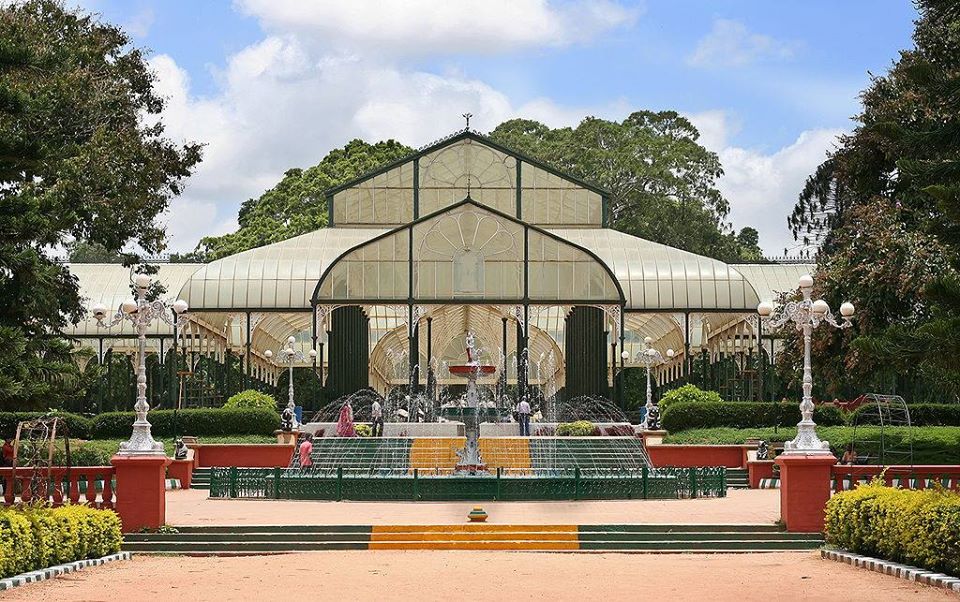
Lalbagh Botanical Gardens or Lalbagh is an old botanical garden in Bengaluru. First planned and laid out during the rule of Hyder Ali and later adorned with unique plant species by his son Tipu Sultan. It was responsible for the introduction and propagation of numerous ornamental plants as well as those of economic value. It also served a social function as a park and recreational space, with a central glasshouse dating from 1890 which was used for flower shows. In modern times it hosts two flower shows coinciding with the week of Republic Day and Independence Day. it is also home to numerous wild species of birds and other wildlife. The garden also has a lake adjoining a large rock on which a watchtower had been constructed during the reign of Kempegowda II.
Bannerghatta National Park
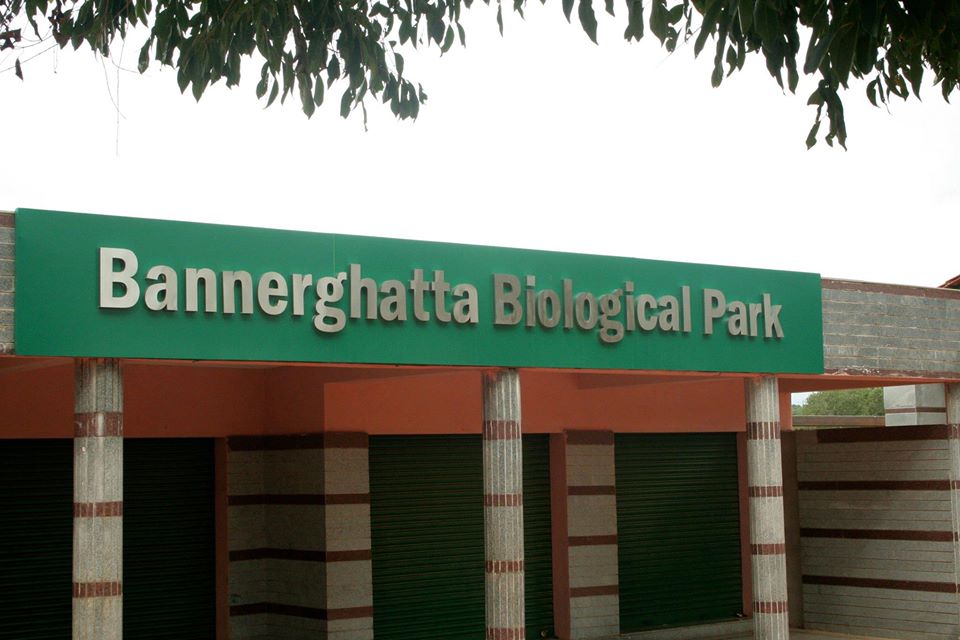
Bannerghatta National Park, near Bangalore, Karnataka, was founded in 1970 and declared as a national park in 1974. In 2002 a portion of the park, became a biological reserve, the Bannerghatta Biological Park. It is a popular tourist destination with a zoo, a pet corner, an animal rescue center, a butterfly enclosure, an aquarium, a snake house, and a safari park. There are ancient temples in the park for worship and it is a destination for trekking and hiking. Within the national park area are six rural villages enclosed within three large enclosures for sheep and cattle farming. This park offers a wide range of diverse wildlife to the explorers. This park offers a guided bus tour all along the 6 km safari roads, which is specially made for safarists and foreign tourist gatherers.
Cubbon Park
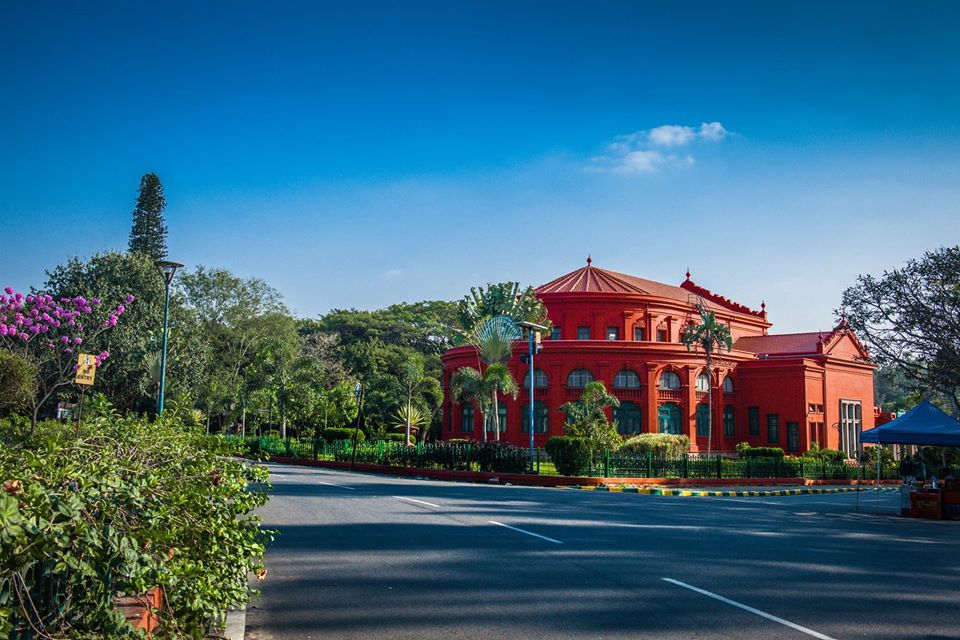
Cubbon Park officially called Sri Chamarajendra Park is a landmark area of Bengaluru city, located within the heart of the city in the Central Administrative Area. Originally created in 1870, when Major General Richard Sankey was then British Chief Engineer of Mysore state, it covered an area of 100 acres and subsequent expansion has taken place and the area reported now is about 300 acres. It has a rich recorded history of abundant flora and fauna plantations coupled with numerous impressive and aesthetically located buildings and statues of famous personages, in its precincts. To commemorate the Silver Jubilee of Sri Krishnaraja Wodeyar’s rule in Mysore State, in 1927, the park was renamed as Sri. Chamarajendra Park, in memory of the 19th-century ruler of the state Sri Chamarajendra Wodeyar, during whose rule the park came into existence.
Bangalore Fort
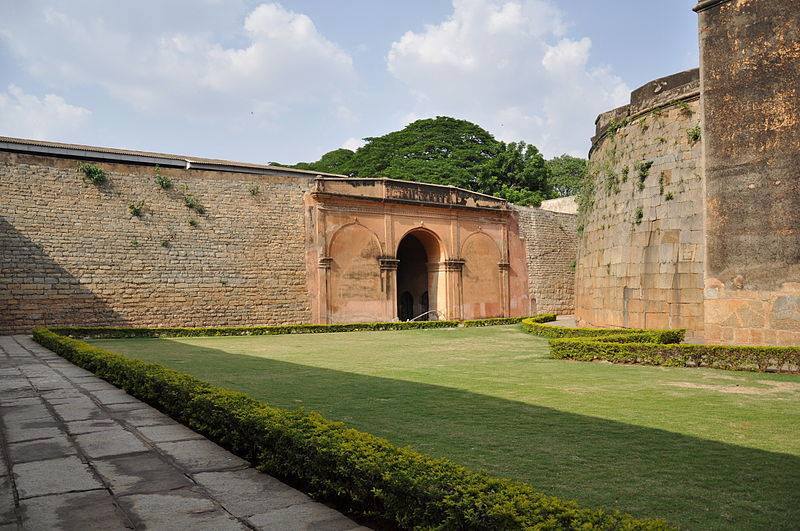
Bangalore Fort began in 1537 as a mud fort. The builder was Kempe Gowda I, a vassal of the Vijaynagar Empire and the founder of Bangalore. Hyder Ali in 1761 replaced the mud fort with a stone fort and it was further improved by his son Tipu Sultan in the late 18th century. It was damaged during an Anglo-Mysore war in 1791. It still remains a good example of 18th-century military fortification. Today, the fort’s Delhi gate, on Krishnarajendra Road, and two bastions are the primary remains of the fort. A marble plaque commemorates the spot where the British breached fort’s wall, leading to its capture. The old fort area also includes Tipu Sultan’s Summer Palace and his armory.
Visvesvaraya Industrial & Technological Museum
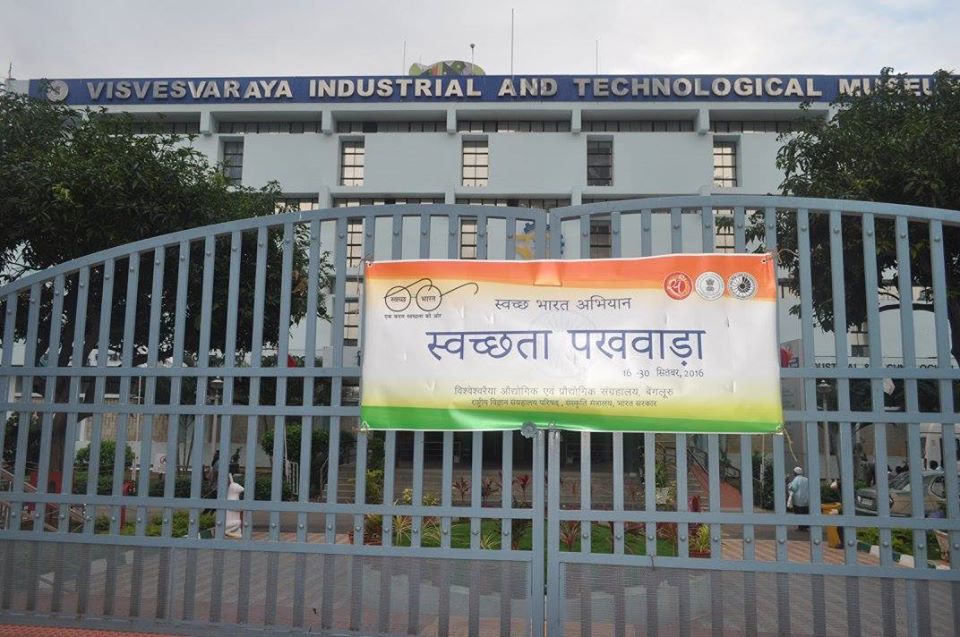
The Visvesvaraya Industrial and Technological Museum, Bangalore, a constituent unit of the National Council of Science Museums, Ministry of Culture, Government of India, was established in memory of Bharat Ratna Sir M Visvesvaraya. The building, with a built-up area of 4,000 m², was constructed in Cubbon Park. Inaugurated by the first Prime Minister of India, Pandit Jawaharlal Nehru, on 14 July 1962. It has nine exhibitions halls: Engine Hall, How Things Work, Fun Science Hall, Electro Technic hall, Space Gallery, Biotechnological Revolution Hall, BEL Hall of electronics, Science for Children, and a Dinosaur Enclave. Most of the exhibits are touch-and-feel to encourage children to learn different principles of science through interactive displays.
Vidhana Soudha
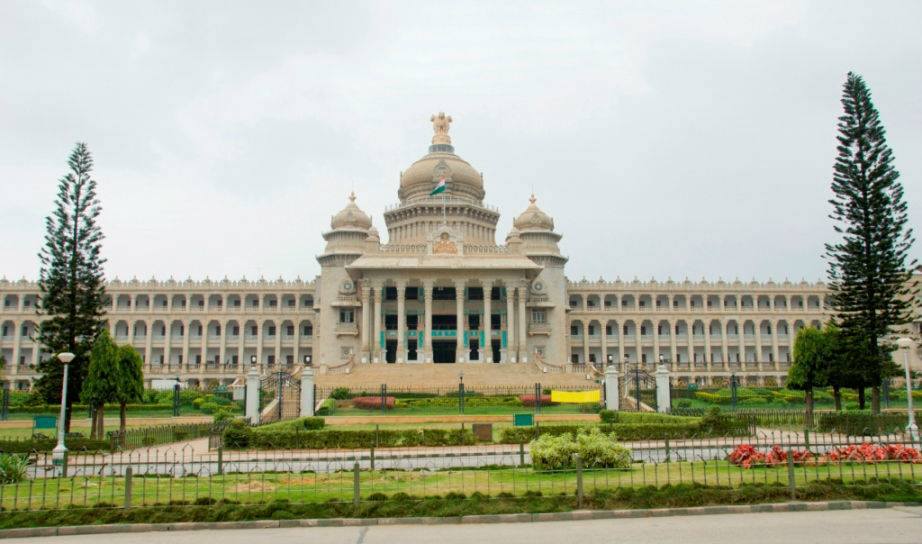
The Vidhana Soudha located in Bangalore is the seat of the state legislature of Karnataka. It is constructed in a style sometimes described as Mysore Neo-Dravidian, and incorporates elements of Indo-Saracenic and Dravidian styles. The construction was completed in 1956. Vidhan Soudha looks breathtakingly beautiful on Sunday evenings and on public holidays when it is floodlit. The lights are kept on from 6:00 to 8:30 in the evening.
Nandi Hills
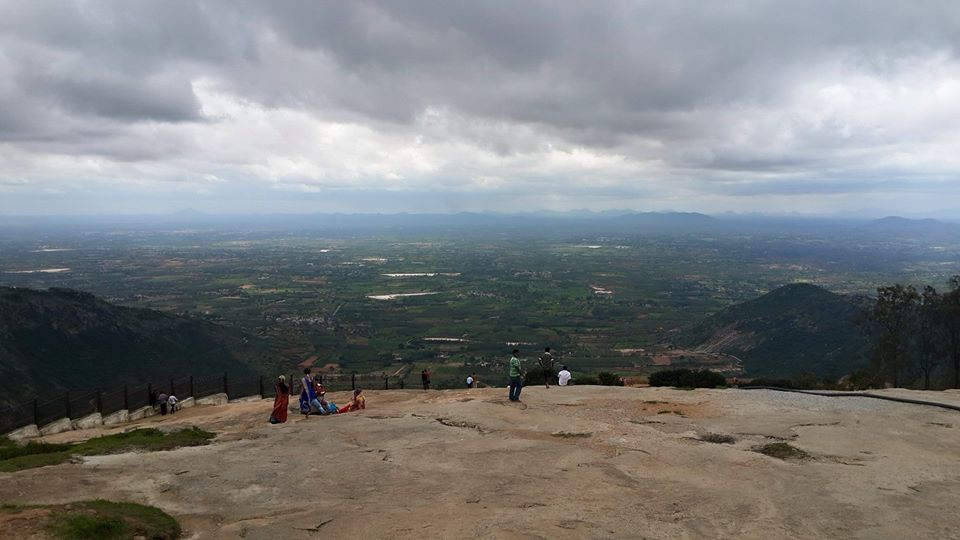
Nandi Hills is a perfect location to feel one with nature. Located 60 kms away from Bangalore, it is one of the hill stations near Bangalore with the solid monolithic granite mass that offers the best view. Rivers Palar and Arkavathi originate from here. The hill was named after the renowned Nandi temple, which is situated at the top of the hill. It is situated 1478 meters above sea level. The climate is pleasant and hence any time is the right time to visit the place. You can find a playground for children here with excellent facilities to enhance the spirit of children.
HAL Heritage Centre and Aerospace Museum
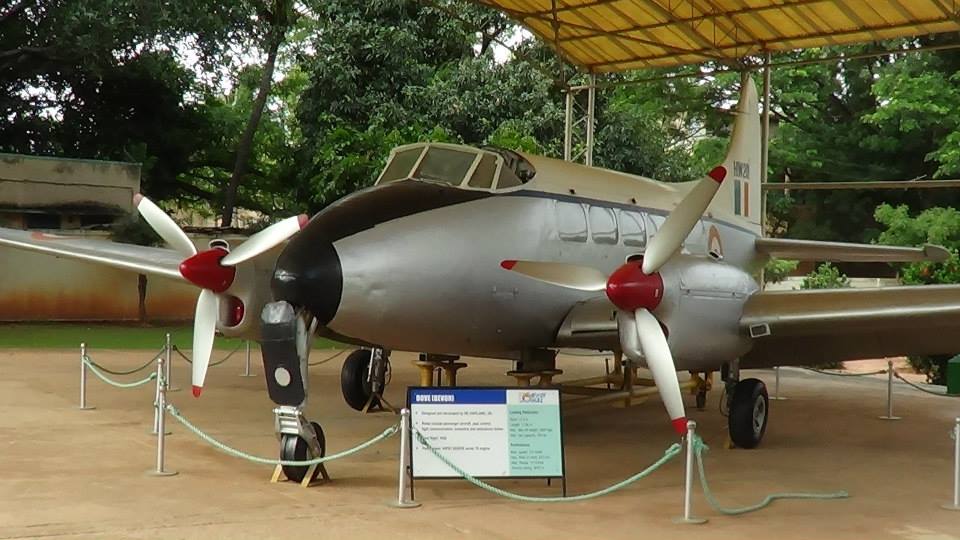
HAL Aerospace Museum is India’s first aerospace museum located at Hindustan Aeronautics Limited premises, in Bangalore. Established in 2001, the Museum is part of the HAL Heritage Centre and Aero Space Museum and showcases the growth of the Indian aviation industry and HAL for six decades. The museum houses displays of various aircraft and helicopters, Aircraft engine models, Flight simulators, a mock Air Traffic Control Tower and exhibit of Indian aviation history. The Museum is maintained by HAL.
